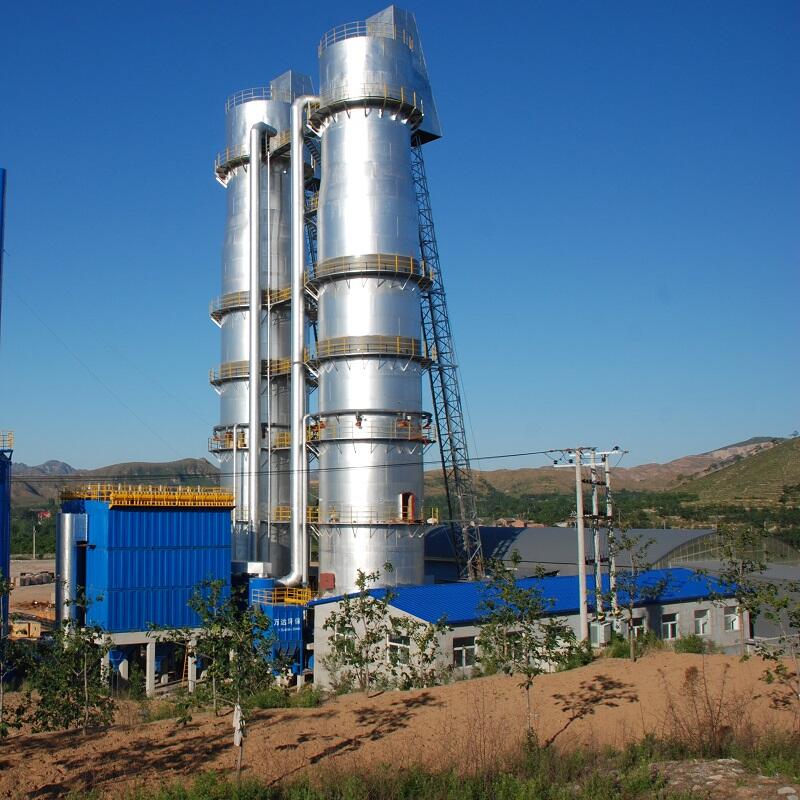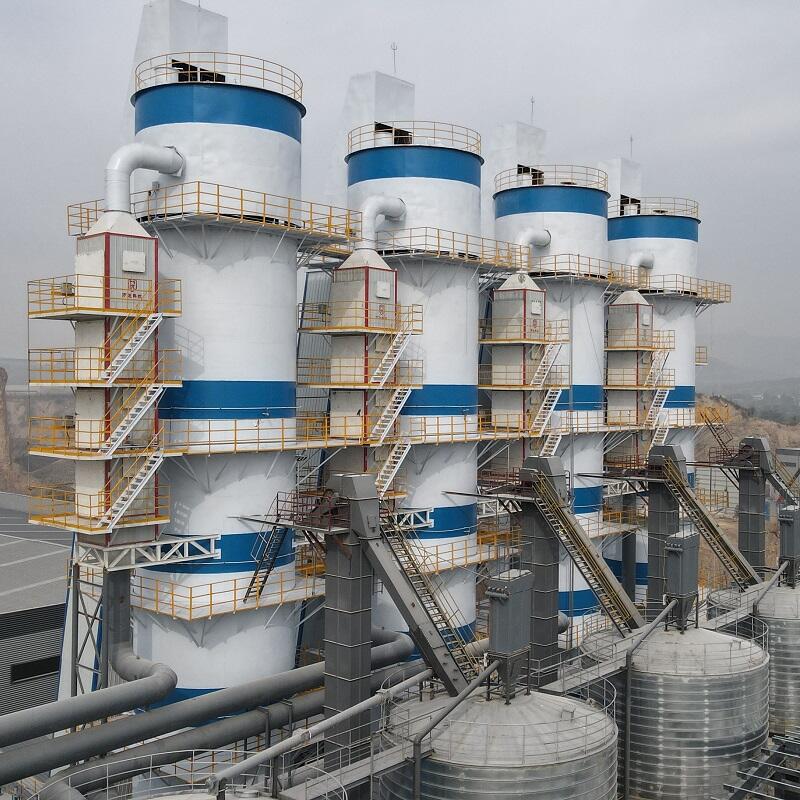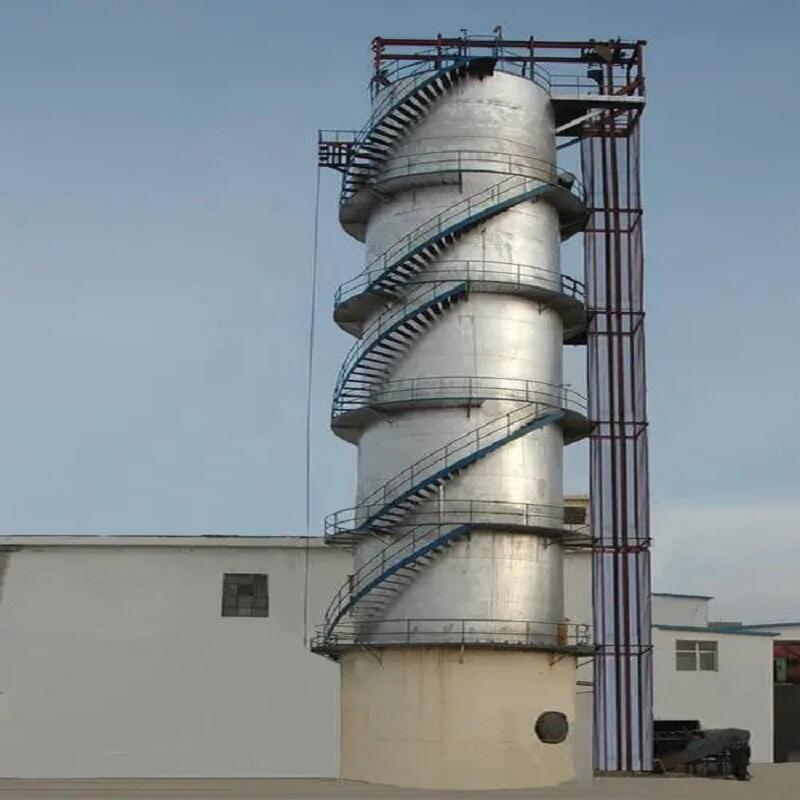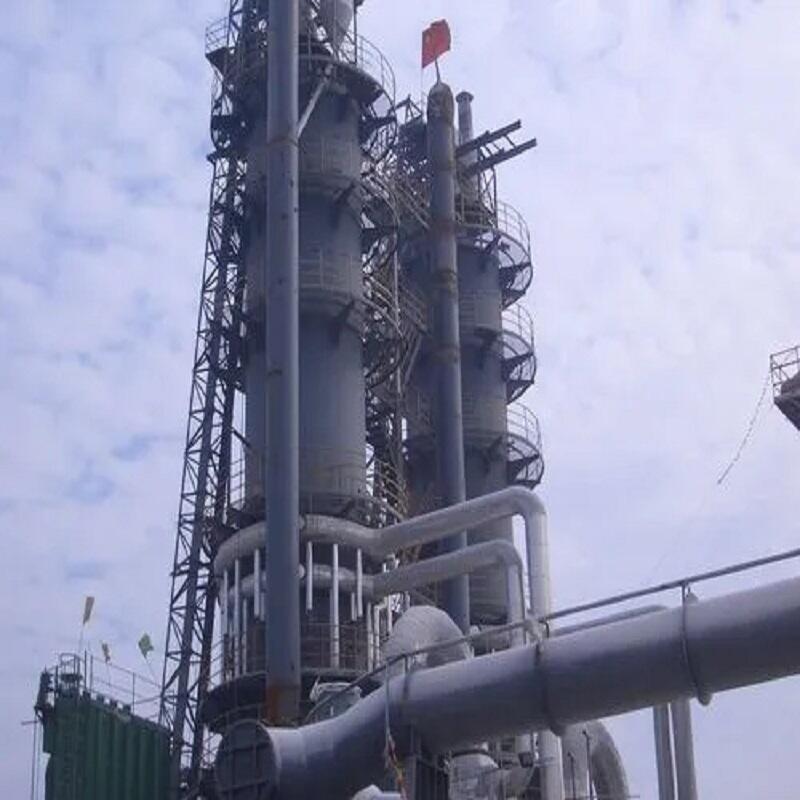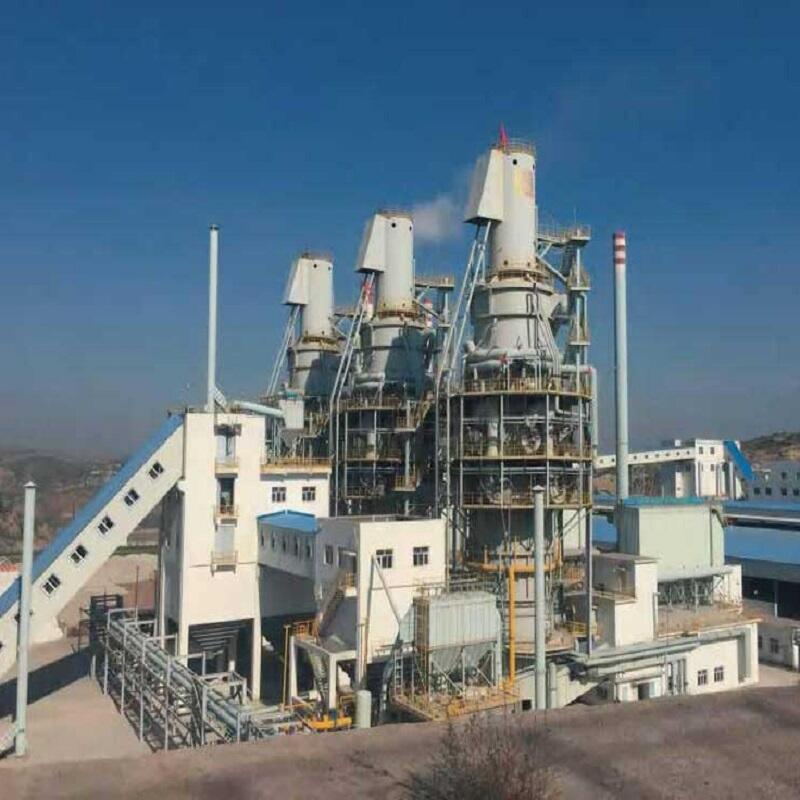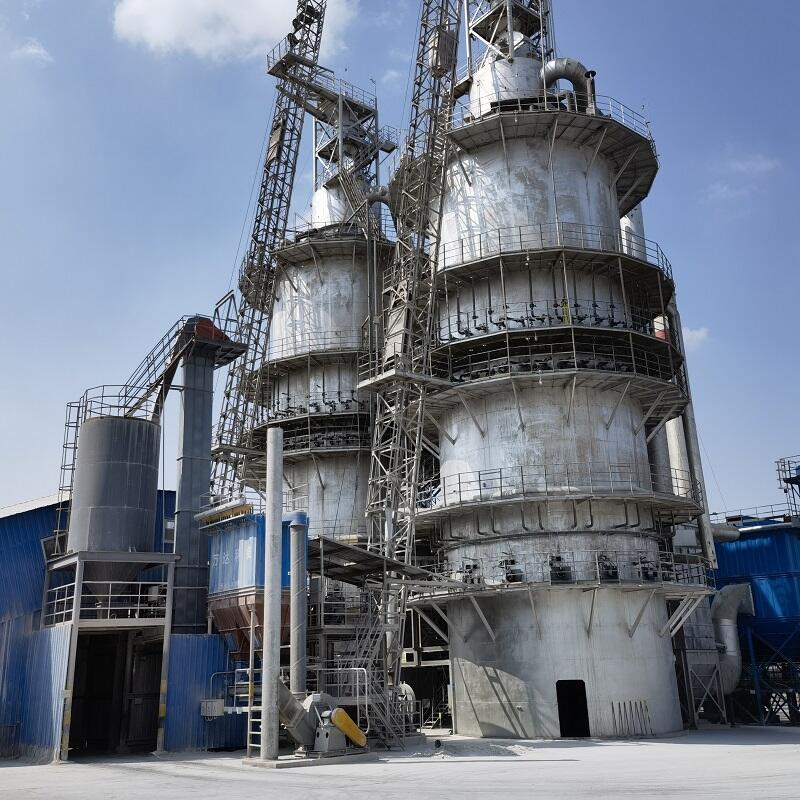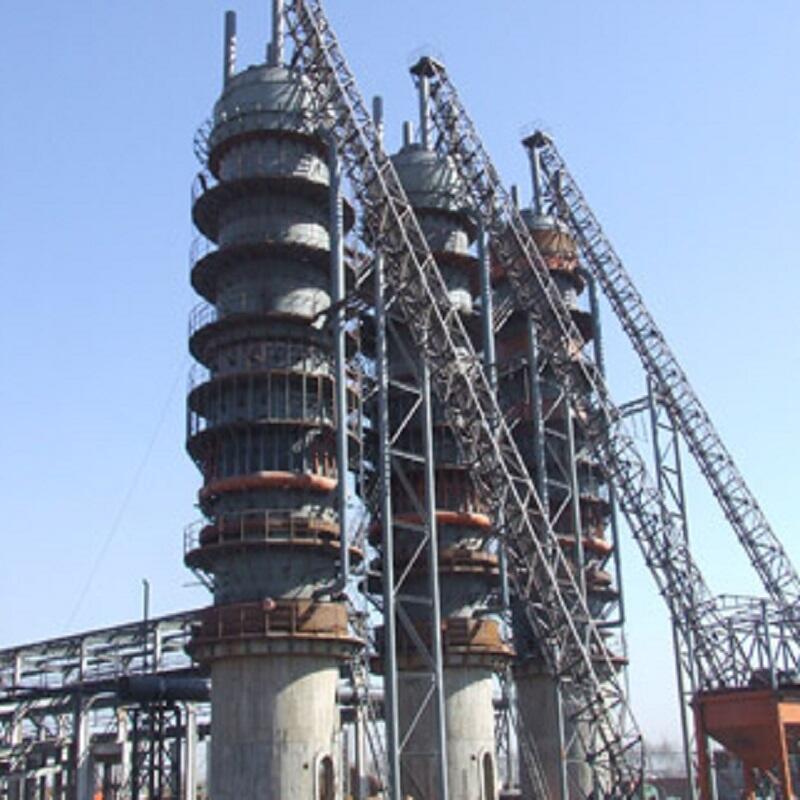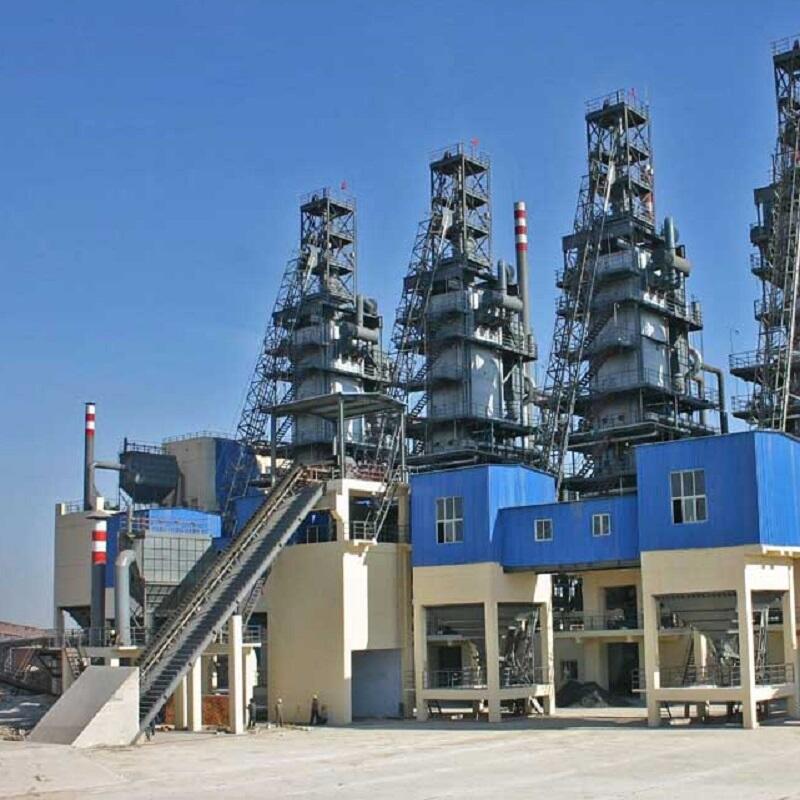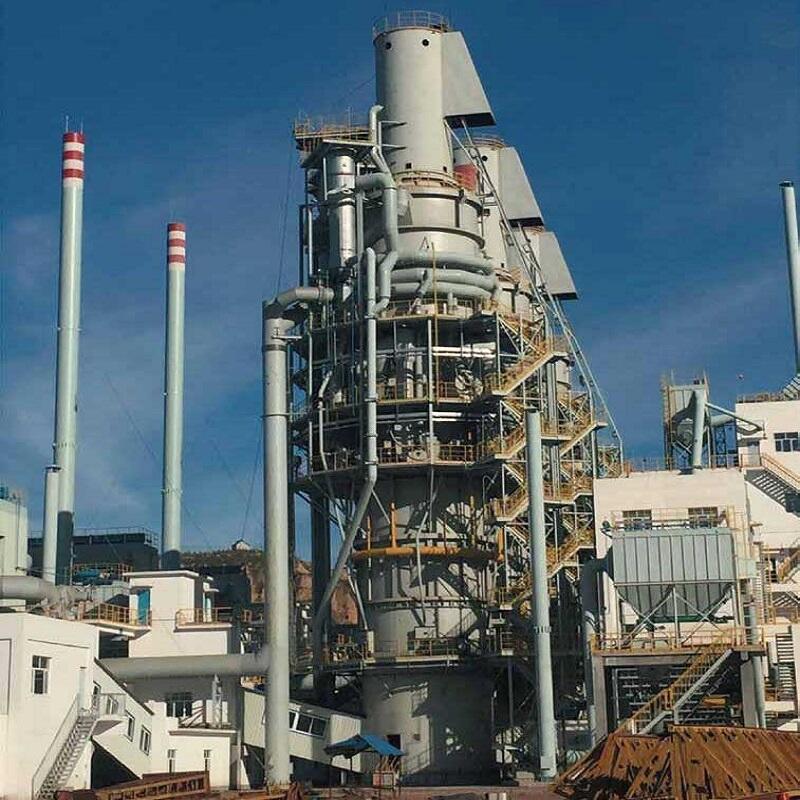Lime Shaft Kilns: Unveiling The Core Of Lime Production
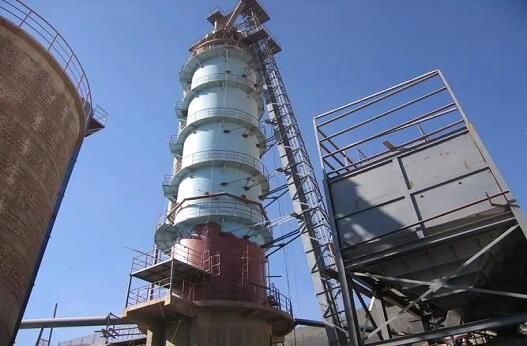
Lime, a versatile mineral, plays a pivotal role across diverse industries. Industries rely on lime for myriad purposes, including soil stabilization, and water treatment, and as a crucial component in the production of steel, paper, and chemicals. A lime shaft kiln is a kind of thermal equipment for continuous calcining of clinker. There are many kinds of specifications. These kilns stand as innovative pillars, shaping the production landscape with efficiency and flexibility.
Classification of Lime Shaft Kilns
There are many types of shaft kilns, which can be classified according to different characteristics:
laccording to the calcined material
The different calcined materials can be divided into dolomite shaft kiln (calcination temperature 1600 ~ 1650℃); Lime shaft kiln (calcining temperature 1200 ~ 1300℃); Magnesite shaft kiln (calcination temperature 1600 ~ 1650℃); High aluminum shaft kiln (calcination temperature 1450 ~ 1650℃); Clay shaft kiln (forging temperature 1300 ~ 1400℃).
laccording to the use of fuel
According to the different types of fuel used, it can be divided into liquid fuel shaft kiln (heavy oil as fuel); Solid fuel shaft kiln (coke, anthracite as fuel); Gas fuel shaft kiln (coke oven gas, blast furnace gas, calcium carbide tail gas, producer gas, natural gas, etc.).
laccording to the air supply method
According to the different air supply modes, it can be divided into pressure ventilation shaft kiln, extraction ventilation shaft kiln, and balanced ventilation shaft kiln. The pressure ventilation shaft kiln relies on blower pressure ventilation, and positive pressure operation in the kiln; The exhaust ventilation shaft kiln relies on the induced draft fan to realize the ventilation in the kiln and the negative pressure operation of the kiln. Balanced ventilation shaft kiln relies on the joint action of induced draft fan and blower, the negative pressure of the kiln top, and the positive pressure of the kiln bottom, and achieves balanced ventilation by adjusting fan frequency.
Gas-fired shaft kiln.
laccording to the shape of the kiln body
According to the shape of the kiln body, it can be divided into a straight barrel shaft kiln, vase shaft kiln, dumbbell shaft kiln, trumpet shaft kiln, and rectangular section shaft kiln. Vertical shaft kiln is cylinder-shaped with the same upper and lower inner diameter, which can use various fuels, so it is widely used. When the material moves from top to bottom in the kiln, the volume of the material shrinks during calcining, forming a ring gap between it and the kiln wall, resulting in less resistance around the kiln than the resistance in the middle of the kiln, resulting in uneven ventilation of the same section of the shaft kiln. To overcome this shortcoming the straight barrel shaft kiln, trumpet shaft kiln, vase shaft kiln, and dumbbell shaft kiln are formed. Kiln with heavy oil and gas as fuel, because the circular section is limited by the depth of flame penetration, the volume of the kiln can not be too large, the design of a large volume of heavy oil and gas shaft kiln needs to use a rectangular section, this kiln is a rectangular section shaft kiln.
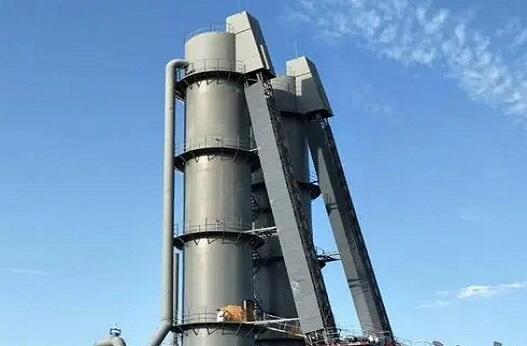
Working Principle
Basic Components
1. The Kiln Shell
The kiln shell serves as the foundation, housing the lime production process. Its design influences factors such as heat distribution and durability.
2. The Burner
At the heart of lime shaft kilns lies the burner, a crucial component responsible for initiating the high-temperature reactions essential for lime production.
3. The Cooling System
Efficient cooling is paramount. We explore the cooling systems employed in lime shaft kilns to ensure optimal product quality and equipment longevity.
Lime Production Process
1. Charging and Preheating
Understanding the initial stages, we delve into the charging and preheating processes, setting the stage for efficient calcination.
2. Calcination
The core of lime production, calcination, involves high-temperature reactions transforming limestone into lime. We illuminate this transformative phase.
3. Cooling and Discharge
Post-calcination, the lime undergoes cooling. We unravel the significance of controlled cooling and the subsequent discharge process.
Factors Influencing Lime Quality
lTemperature Control
Maintaining optimal temperature levels is pivotal for quality lime production. We explore the intricacies of temperature control mechanisms.
lResidence Time in the Kiln
The duration of lime within the kiln influences its characteristics. We scrutinize the importance of residence time for lime quality.
lQuality of Limestone Feed
The quality of the raw material matters. We discuss how the limestone feed impacts the overall quality of the produced lime.
Advantages of Lime Shaft Kilns
lEnergy Efficiency
Lime shaft kilns shine in energy efficiency. We delve into the mechanisms that make them environmentally friendly and economically viable.
lFlexibility in Raw Material Use
Flexibility is a key advantage. We explore how lime shaft kilns accommodate various raw materials, enhancing their adaptability.
lCompact Design
Compactness is a hallmark of lime shaft kilns. We highlight the space-saving design that contributes to their widespread applicability

 EN
EN
 AR
AR
 BG
BG
 HR
HR
 CS
CS
 DA
DA
 NL
NL
 FI
FI
 FR
FR
 DE
DE
 EL
EL
 HI
HI
 IT
IT
 JA
JA
 KO
KO
 NO
NO
 PL
PL
 PT
PT
 RO
RO
 RU
RU
 ES
ES
 SV
SV
 TL
TL
 ID
ID
 LV
LV
 LT
LT
 SR
SR
 SK
SK
 UK
UK
 VI
VI
 HU
HU
 TH
TH
 TR
TR
 MS
MS
 LO
LO
 MN
MN
 NE
NE
 MY
MY
 KK
KK
 UZ
UZ

